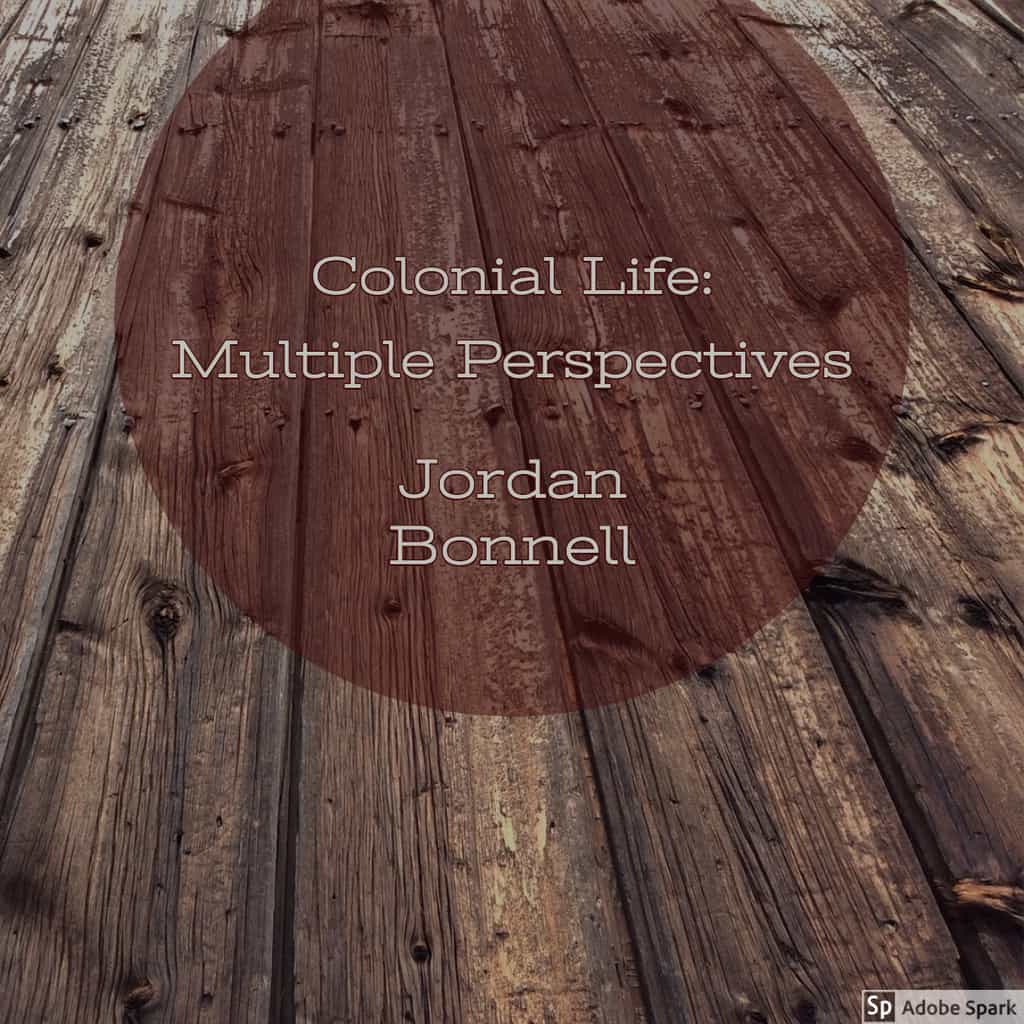I believe the general ideas behind this lesson were solid, but the google doc format really did hold up the learning and purpose behind the entire lesson. The idea that as a teacher, I wasn’t doing anything besides answering questions and guiding students through an activity was really a great thing, the problem was in the execution. Upon further thought, I’ve modified the lesson to take place on a google form, and a final google slide show. The google form is less interactive than the document but ensures all students participate, and guides them through the lesson well. The google slides will allow students to still do the work finding their own piece of propaganda, political cartoon, or another primary source, but instead of awkwardly copy/pasting into a google doc, each student will have an assigned google slide, and they will do their work only within the confines of this slide. The students will then present their information to the class in a low-stakes presentation. I’m testing out this version of this lesson next week, so we’ll see how it goes!
Popular TV as a Historical Medium
This lesson is designed for high school students and seeks to help students gain an understanding on how popular TV can be used as a primary source. Furthermore, the lesson will also demonstrate to the students how societal discussions often find themselves in popular media. Students will have background on the 1960s including Civil Rights, 2nd Wave Feminism, and the Cold War with an emphasis on the escalation in Vietnam.
Students will be grouped up and given an episode from Star Trek the Original Series to analyze in relation to the context they already have on the 1960s. The class will then come back together to share their findings and have a broader discussion on using TV as historical sources.
Sources
Reflection: Martial’s Rome
Reflection on Lesson
XCV. A CHASED GOLD CUP.
Although I am formed of the most beautiful and ruddy Callaic gold, I glory far more in my workmanship; for it is that of Mys.
Alas, this is the last epigram we shall see. My mistake with this lesson was that I was caught up within the workmanship of the epigrams and lost sight of my learning target. This was most certainly my folly. Though I went into this lesson with a clear intent, I spent the majority of my prep time learning about Martial, his works, and the Rome he lived in. I think for me this illustrates one of my greatest struggles in teaching history, balancing my own passion and excitement for the materials with digestible and effective lessons.
Overall, I would say that the lesson is workable. I think more clarity and focus would be required in the future via fewer more focused epigrams, this would be the order of the day if I taught the lesson as it is once more. In truth, I think the ideal utilization of Martial, and Juvenal, would be as vignettes set within a larger lesson. I believe they do provide humanization, which was my professed goal, but that flooding students with these works tends to obscure this. Further, attempting to impose SOAPSTone on these works added an unnecessary layer, to an already unwieldy amount of information. This also obfuscates the general idea behind the lesson and asks the students to perform too many tasks at once.
On the other hand, Martial and Juvenal do provide more lively sources than the majority of these we see about the classical world. I believe that utilizing comedic sources does have value, and think that they could be successfully integrated into the lesson. Overall, I am pleased, I have learned about a new set of sources and now spent enough time among them I can navigate them with confidence, and know they shall serve me well in my Rome unit.
Colonial Life: Through Multiple Perspective
Colonial Life Comparison chart Answers
Colonial Perspective lesson plan
Standards:
- Cite textual Evidence to Support Analysis of Primary and Secondary Sources
- Describe how a text presents information (e.g sequentially, comparatively, casually)
- Analyze and interpret historical material from a variety of historical perspectives in United States History
Objectives
- By the end of this lesson, students should be able to describe and evaluate the quality of life in the colonies from the perspectives of various groups, including city dwellers, farmers, women, children, and different social classes.
- By the end of the lesson, students will be able to understand what it meant to be an “American” during the 1750s through discussion of different perspectives of colonist.
- Attached is my lesson plan, that goes into depth about the lesson
- Attached is the compare worksheet
Lessons Modified from:
Colonies: Different Perspectives



